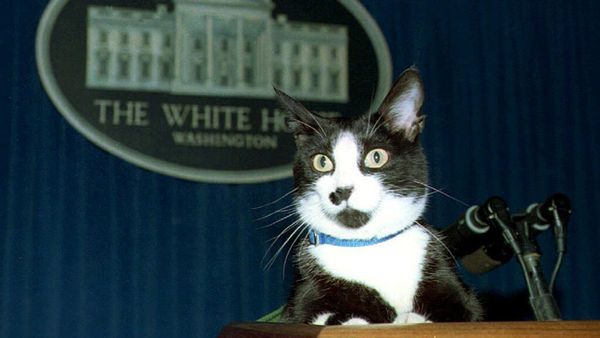The worst was yet to come. The CIA team (who didn't seem to know much about feline behavior) spent months trying to train the cat to follow simple instructions. According to Marchetti, the cat would wander off when he was hungry, so they tried implanting another wire to override his snacking sense.
Miraculously, the training seemed to be working, and the CIA was satisfied that Acoustic Kitty was ready for a field test.
It was your typical spy-movie setup. The CIA guys pulled up to a park in an unmarked van. They slid open the door and gave their feline operative his mission: Slink over to those two guys on the bench and eavesdrop on their conversation. It didn't quite go as planned.
"They put him out of the van, and a taxi comes and runs him over," said Marchetti. "There they were, sitting in the van with all those dials, and the cat was dead!"
Not only did the poor Frankenstein cat lose the last of its nine lives, but "Project Acoustic Kitty" was also killed. In redacted CIA documents, the agency was surprisingly upbeat about the $20 million flop.
The authors of the report said it was "a remarkable scientific achievement" to learn that "cats can indeed be trained to move short distances," and they lauded the CIA scientists for their "pioneering" work. But in the end, the CIA concluded that given the "environmental and security factors in using this technique in a foreign situation... it would not be practical."



